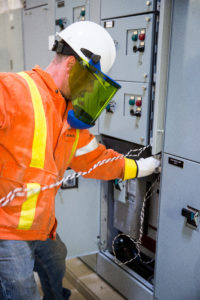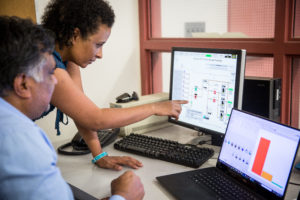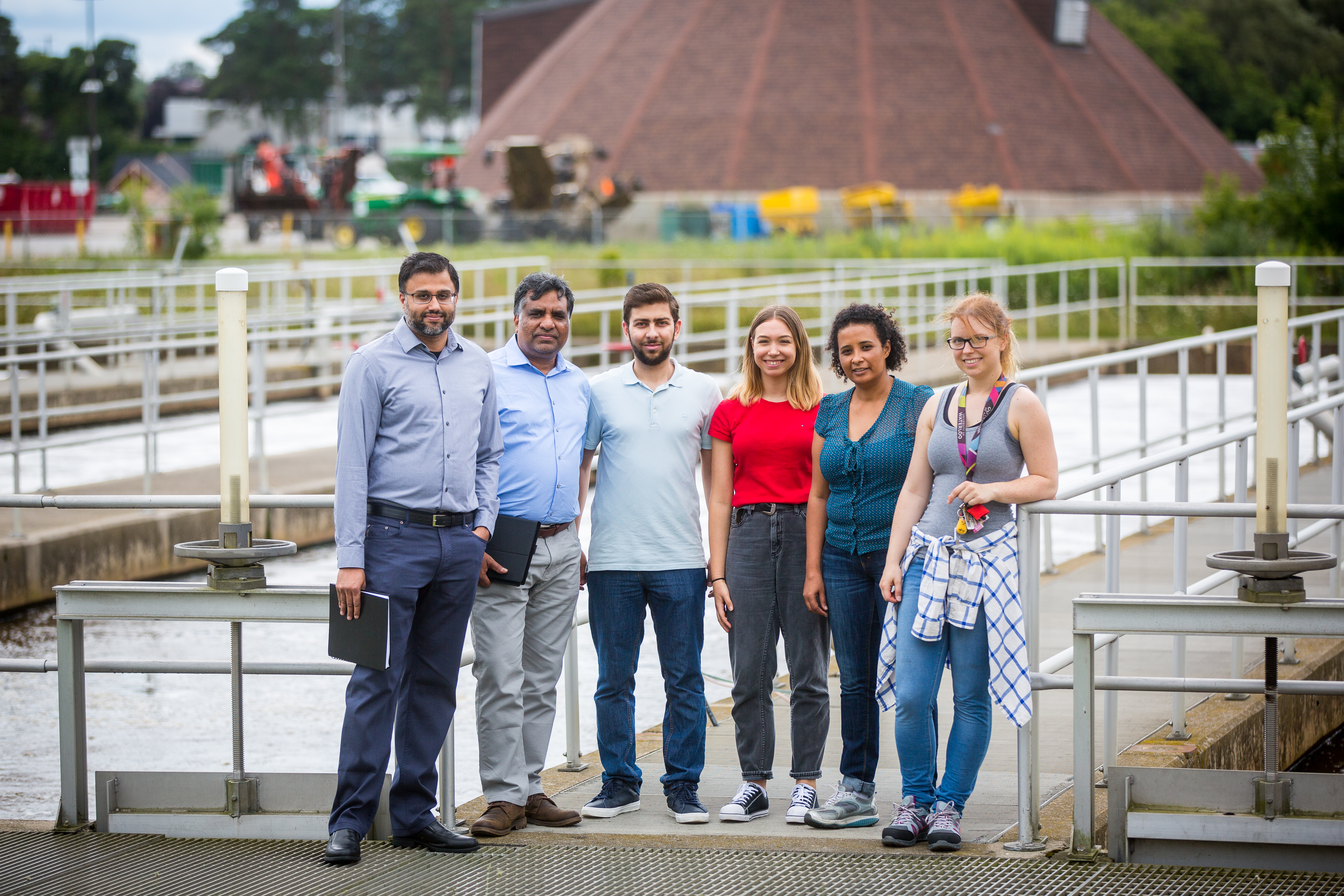Hamilton-based Hydromantis Environmental Software Solutions Inc. specializes in engineering and consulting work for the wastewater industry, finding much of its success on account of its innovative GPS-X tool. Released more than 25 years ago, this powerful modeling and simulation software has become a leading option for the design, optimization, and general management of wastewater treatment plants.
But as company President Rajeev Goel acknowledges, in its earliest of iterations the technology was a little ahead of its time. “When founded in 1985, Hydromantis was bound more by technological constraints than the audacity of its vision,” he says. “Today, deep data informatics are more possible than ever before.”
In dedication to this progress, the SOWC’s Advancing Water Technologies (AWT) program is supporting Hydromantis’ development efforts to advance the modeling and simulation benchmark of its GPS-X software with two years of funding through December 2018.
The AWT program connects businesses in Ontario with academic experts to develop and demonstrate water technologies for successful introduction to the market. For this project, SOWC paired Hydromantis with Dr. Martha Dagnew, an Assistant Professor of Environmental Engineering at Western University, as well as Dr. Prasanth B. Nair, an Associate Professor of Aerospace Studies at the University of Toronto. The AWT funding will allow Dagnew and Nair to acquire research graduate students, lab consumables, as well as specialized equipment such as sensors to assist in upgrading the Hydromantis software.
Trained as an environmental engineer, Dagnew will appraise whether the new modeling algorithms can deliver energy-use estimations that are accurate. From an aerospace engineering perspective, Nair’s expertise will uncover whether the new models can provide meaningful insight about new opportunities for energy optimization.
Establishing process benchmarks

Installation of Alert Labs sensors at the Adelaide facility. Copyright: SOWC
On the process side, Dagnew is applying her resource recovery expertise to this AWT project, which primarily targets conventional activated sludge plants. Using a process model, environmental engineers can use virtual treatment plant software such as GPS-X to predict the quality of water that will be discharged in different scenarios, and toggle the parameters of specific components to affect different outcomes.
The field tests for this project will be conducted at the Adelaide Wastewater Treatment Plant in London, Ontario. “Part of the AWT funding will go toward incorporating additional sensors into plant operations for testing in order to provide more accurate data because we are interested in dynamic performance,” Dagnew says. “Once we can accurately estimate whether or not the current energy model is adequate, the next steps will be to upgrade the models and optimize those configurations.”
The project team needed sensors and a cloud-based analytical platform to measure and understand energy consumption in the wastewater treatment plant, so SOWC introduced them to Alert Labs, a Kitchener Ontario based start-up company. In addition to providing the perfect solution to fill a technology gap within this AWT project, the partnership has created an opportunity for Alert Labs to install its system in an industrial water and wastewater treatment setting, potentially opening the door to an entirely new market space.
Applying aerospace engineering to water systems
On the energy side, Nair brings experience from working in aerospace engineering. “Until now, I have been focused on improving aerospace systems, such as airplane efficiency,” he says. “The mathematical techniques I designed to improve aircraft engines are quite generic in scope, which means, in principle, that they can be applied to improve the performance of a wastewater treatment plant.”
“As a world leader in modeling wastewater treatment plants, Hydromantis already had powerful algorithms at its disposal,” Nair says. “Thus, it was a natural collaboration using their modeling capabilities in conjunction with our own algorithms and computational research to optimize the design of wastewater utilities.”
Configuring energy optimization prior to construction and in real time
The GPS-X enables simulated energy scenarios, which include energy production and greenhouse gas emissions from biological processes, including sludge and anaerobic processes, to perform a holistic energy and sustainability analysis.
“You can forecast performance before building a wastewater utility, and actually predict the best configuration,” Nair says. “But the ideal settings are not always obvious, so we are developing optimization algorithms to provide helpful guides toward desired outcomes.”
By integrating dynamic process models with dynamic energy models for consuming equipment like aeration, pumping, heating, mixing, centrifuge and other energy consuming devices commonly found in utilities, Dagnew says, this project will break new ground, resulting in a simulator that gives operators real-time feedback.
In the past, achieving dynamic feedback in real time was difficult to impossible since the sensors were not sophisticated enough to handle the wastewater data. In contrast, new sensors can be too sensitive, resulting in a bottleneck of information that inhibits useful insights.
“Today, our simulations can run complicated energy algorithms both prior to the building of a plant, as well as for established operations in real time, which is an important breakthrough,” Goel says.
The importance of uncertainty in lowering energy use
Building upon the foundational milestone of integrating optimization algorithms into GPS-X, Nair notes, the simulation platform will integrate an advanced decision and plant performance optimization system under uncertainty.
“Designing for uncertainty is a critical checkpoint when you are attempting to determine opportunities to improve performance,” Nair says. “The concentrations and contents of influent wastewater can fluctuate greatly, and the performance of engineering systems tends to degrade over time, which means you need a powerful enough algorithm to predict the possibility of uncertain outcomes.”

Martha Dagnew (Western) and Rajeev Goel (Hydromantis) look at the Hydromantis software. Copyright: SOWC
Going forward
Goel believes that the GPS-X simulation output will help treatment plants take collective action to overcome the tendency of making minimum requirements the benchmark, instead striving for
long-term sustainability and new opportunities for collaboration.
He cites AWT support as critical. “We simply didn’t have the resources to pursue this project without the SOWC’s support,” Goel says. “It was integral to have academic partners whose expertise elevated our software’s optimization methods.”
Dagnew also sees great value in the AWT program. “The link that SOWC creates between industry and universities is essential, and the funding gave momentum to that connection,” she says. “This AWT project brought together a very complementary set of skills, which speaks to the SOWC’s extensive network.”
Nair is of like mind. “Hydromantis has been working in this field for a long time and is at the cutting edge of water systems modeling, so it has access to real-world data, which is quite valuable for validating the mathematics,” he says. “That really motivated my team to pursue this collaboration, because it gave us the chance to validate our theoretical algorithms against real-world problems.”


